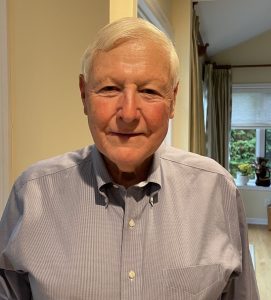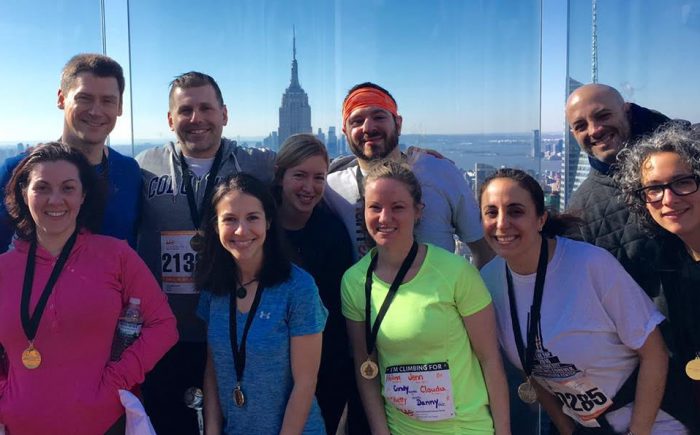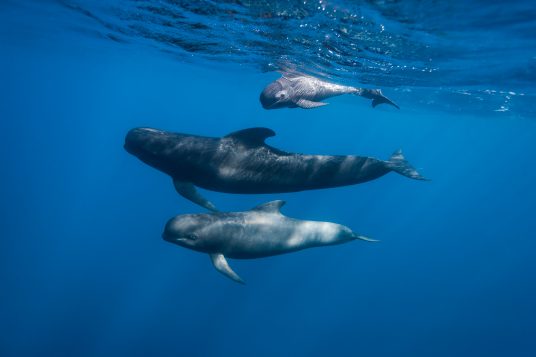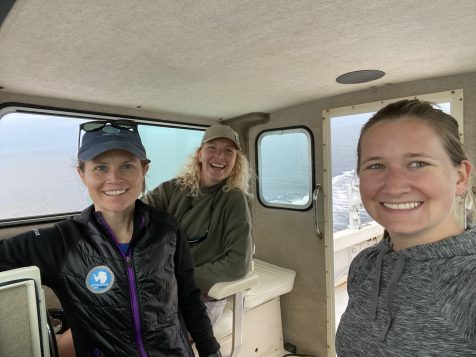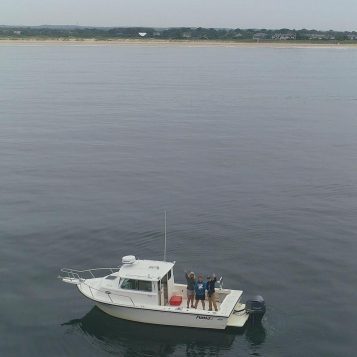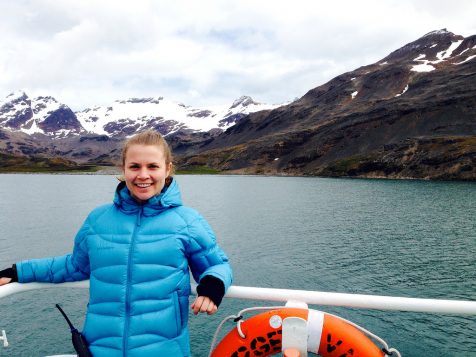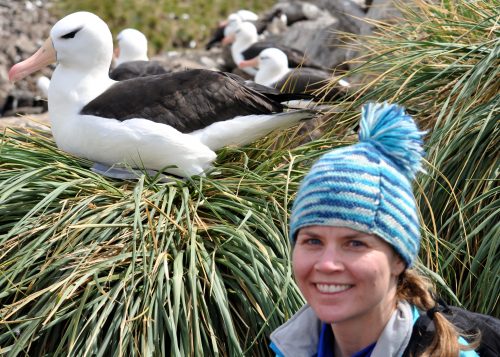Elevate your holiday meal by integrating healthy options

This year, many of us are considering revising our Thanksgiving meal choices for the first time in generations. These past two years have provided a critical reminder of the importance of managing or reversing chronic diseases. This, coupled with a growing interest in plant-based eating, has prompted many to consider ways to reset the table, so to speak.
What can we do to turn Thanksgiving into a bonanza of good health? Phytochemicals (plant nutrients) called carotenoids have antioxidant and anti-inflammatory activity and are found mostly in fruits and vegetables.
Carotenoids make up a family of more than 600 different substances, such as beta-carotene, alpha-carotene, lutein, zeaxanthin, lycopene and beta-cryptoxanthin (1).
Carotenoids help to prevent and potentially reverse diseases, such as breast cancer, amyotrophic lateral sclerosis (Lou Gehrig’s disease), age-related macular degeneration, and cardiovascular disease — heart disease and stroke. Foods that contain these substances are dark green leafy vegetables, as well as orange, yellow and red vegetables and fruits.
A simple breast cancer study demonstrates their effects. We know that breast cancer risk is high among U.S.-born women, where the average lifetime risk of getting breast cancer is 12.8 percent (2).
In a meta-analysis of eighteen prospective studies, results show that women who consumed higher levels of carotenoids, such as alpha-carotene, beta-carotene, and lutein and zeaxanthin, had significantly reduced risk of developing estrogen-negative breast cancer (3).
Strategies for healthy holiday eating
Despite the knowledge that healthy eating has long-term positive effects, there are obstacles to healthy eating. Two critical factors are presentation and perception.
Vegetables are often prepared in either an unappetizing way — steamed to the point of no return — or smothered in cheese, negating their benefits, but clearing our consciences.
Many consider Thanksgiving a time to indulge and not think about the repercussions. Plant-based foods like whole grains, leafy greens and fruits are relegated to side dishes or afterthoughts. Why is it so important to change our mindsets? There are significant short-term consequences of gorging ourselves.
Not surprisingly, people tend to gain weight from Thanksgiving to New Year. This is when many gain the predominant amount of weight for the entire year. However, most do not lose the weight they gain during this time (4). If you can fend off weight gain during the holidays, think of the possibilities for the rest of the year.
Also, if you are obese and sedentary, you may already have heart disease. Overeating at a single meal increases your risk of heart attack over the near term, according to the American Heart Association (5). However, with a little Thanksgiving planning, you can reap significant benefits.
Here are some suggestions to get you thinking about ways to shift the heavy holiday meal paradigm:
Make healthy, plant-based dishes part of the main course. You don’t have to forgo signature dishes, but supplement tradition by adding mouthwatering vegetable-based dishes. One of my favorites is steamed “sweet” vegetables – cauliflower, broccoli, snap peas, onions and garlic. To make it sweet, I steam it in a splash of citrus-infused balsamic vinegar and add sliced apples before steaming. If you want to make this a primary dish, add diced tofu and/or garbanzo beans to make it more filling without overwhelming its delicate sweetness.
Improve vegetable options. Why would you serve vegetables without any seasoning? In my family, we season vegetables and make sauces to drizzle over them.
My 16-year-old nephew, who has never liked cooked vegetables, fell in love with my wife’s roasted Brussels sprouts and broccoli while on vacation this summer. He actually texted her a week later to ask for the recipes. Now, he makes them for himself. Good resources for appealing dishes can be found at PCRM.org, mouthwateringvegan.com, and many other resources.
Replace refined grains. A study in the American Journal of Clinical Nutrition, showed that replacing wheat or refined grains with whole wheat and whole grains significantly reduced central fat, or fat around the belly (6). Not only did participants lose subcutaneous fat found just below the skin, but also visceral adipose tissue, the fat that lines organs and causes chronic diseases such as cancer.
For even better results, consider substituting riced cauliflower or mashed cauliflower for rice or potatoes. You can purchase frozen riced cauliflower in many grocery stores now. Just be sure to get one that’s unsalted. If you prefer mashed, I have a simple recipe for mashed cauliflower here: www.medicalcompassmd.com/2021/01/09/mashed-cauliflower-recipe-vegan/
Create a healthy environment. Instead of putting out creamy dips, cheese platters and candies as snacks, choose whole grain brown rice crackers, baby carrots, cherry tomatoes and healthy dips like hummus and salsa. Help people choose wisely.
Offer healthy dessert options. Options might include dairy-free pumpkin pudding and fruit salad.
The goal should be to increase your nutrient-dense choices and decrease your empty-calorie foods. Instead of making Thanksgiving a holiday of regret, eating foods that cause weight gain, fatigue and that increase your risk for chronic diseases, promote everyone’s health, while maintaining the theme of a traditional festive meal.
References:
(1) Crit Rev Food Sci Nutr 2010;50(8):728–760. (2) SEER Cancer Statistics Review, 1975–2016, National Cancer Institute. (3) Am J Clin Nutr. 2012 Mar; 95(3): 713–725. (4) N Engl J Med 2000; 342:861-867. (5) www.heart.org. (6) Am J Clin Nutr 2010 Nov;92(5):1165-71.
Dr. David Dunaief is a speaker, author and local lifestyle medicine physician focusing on the integration of medicine, nutrition, fitness and stress management. For further information, visit www.medicalcompassmd.com.




